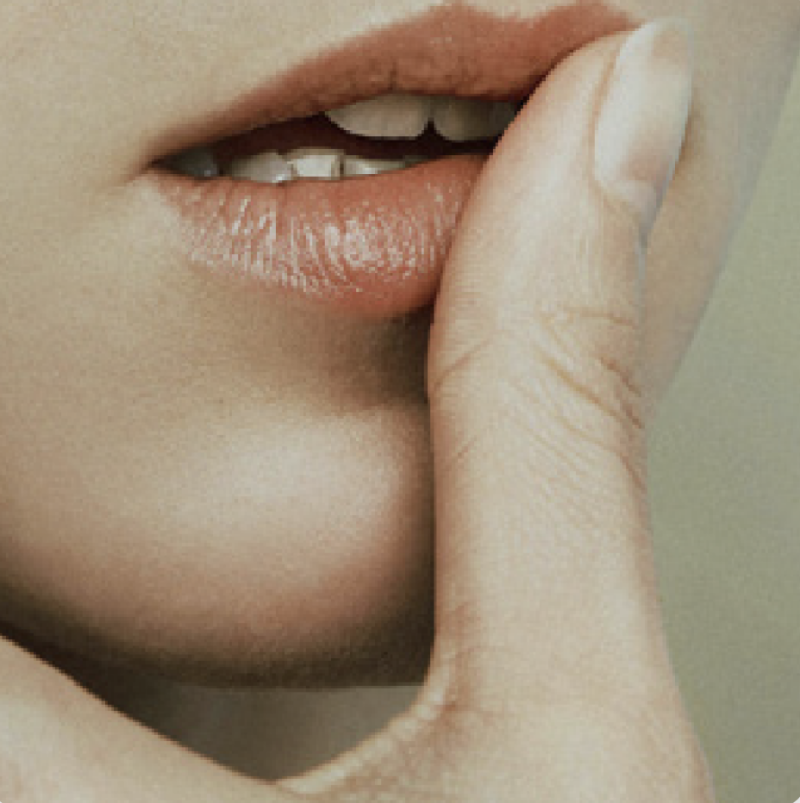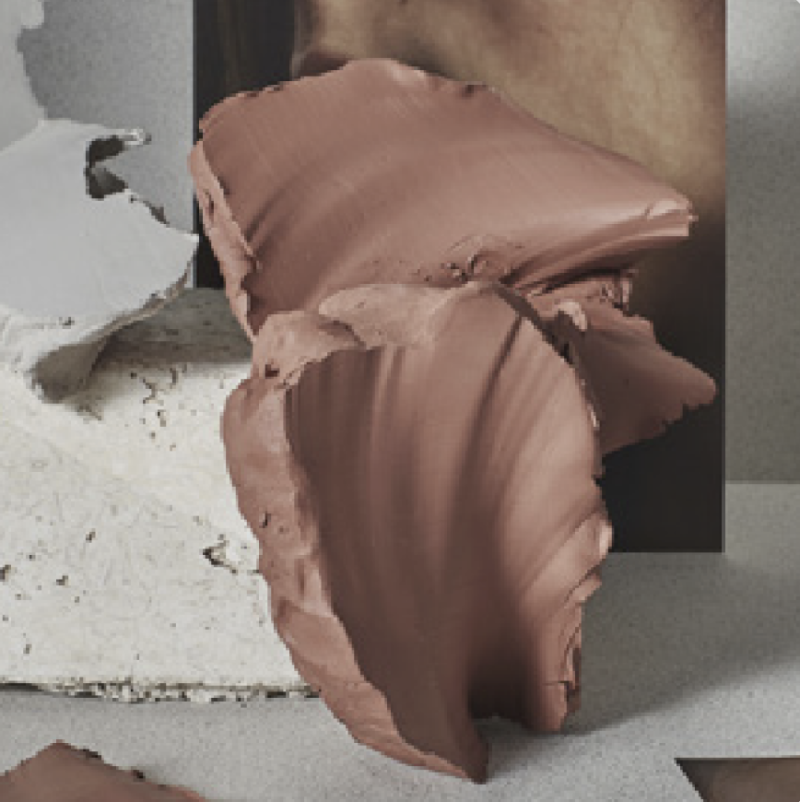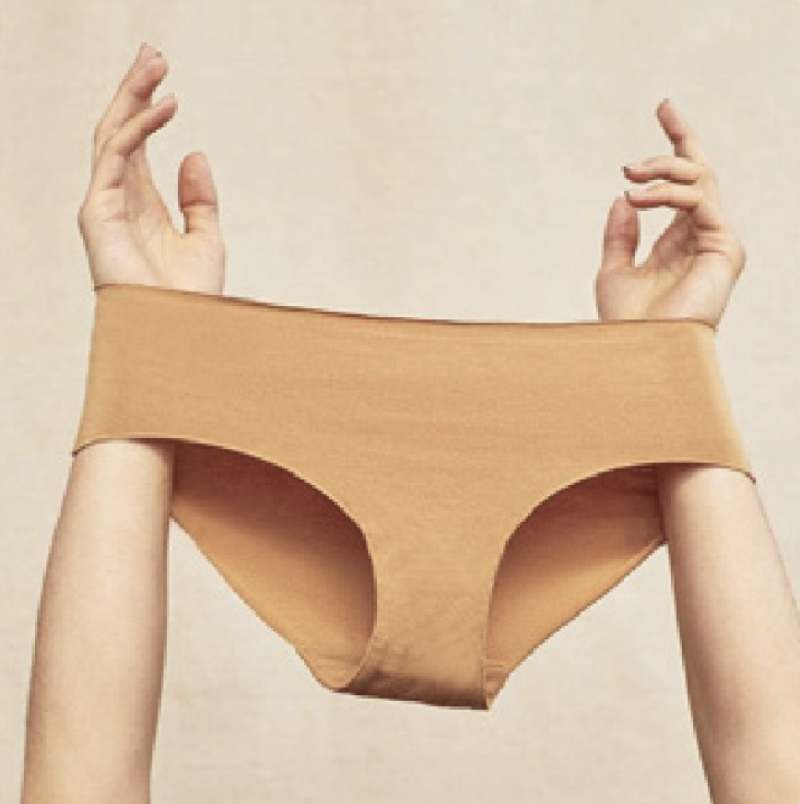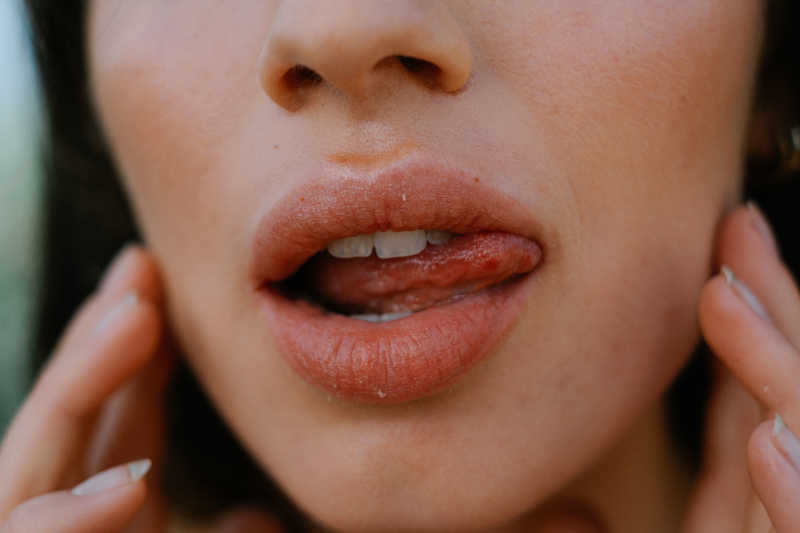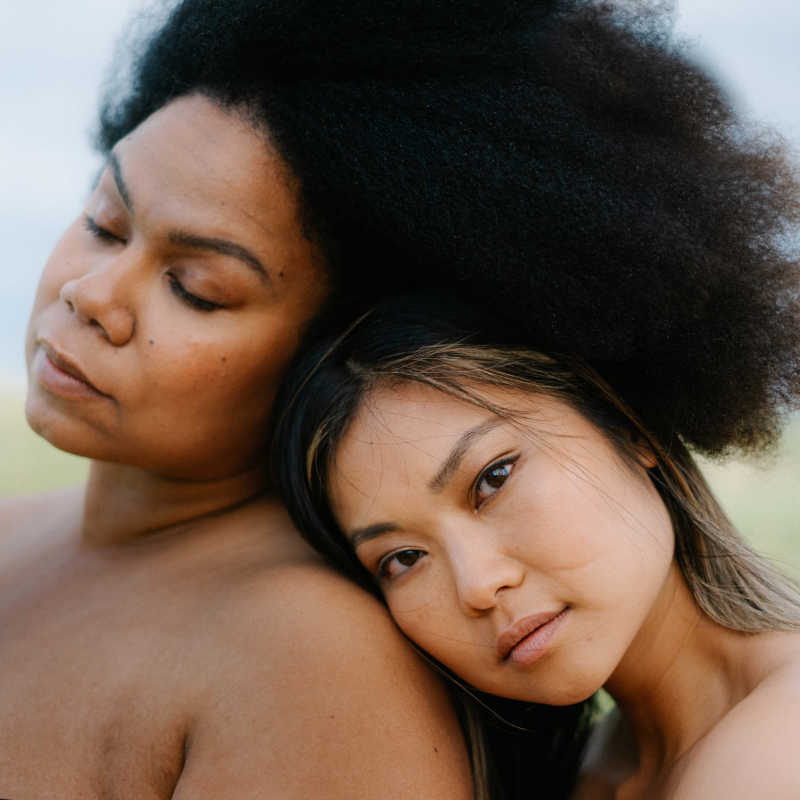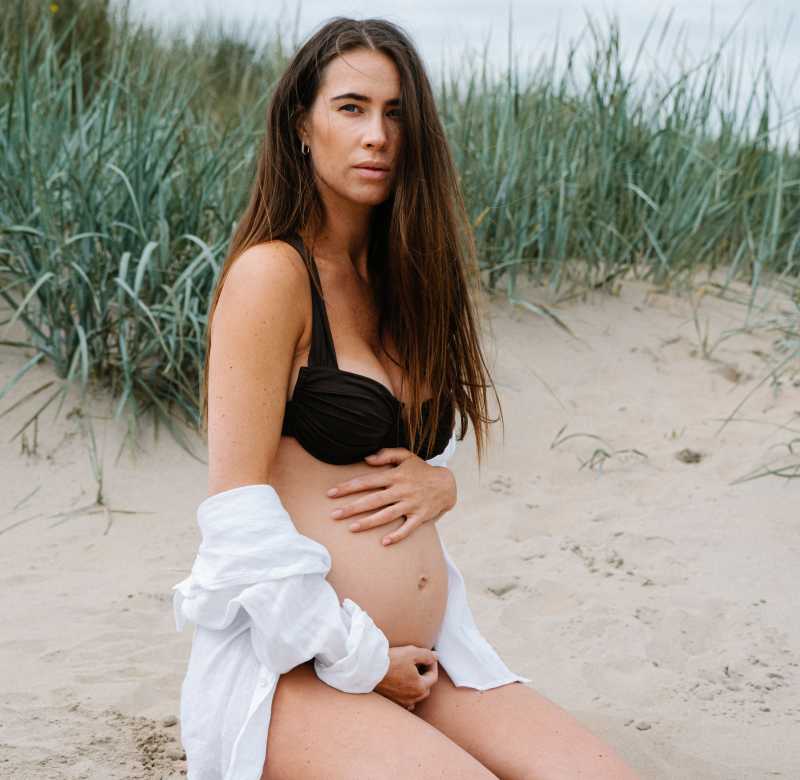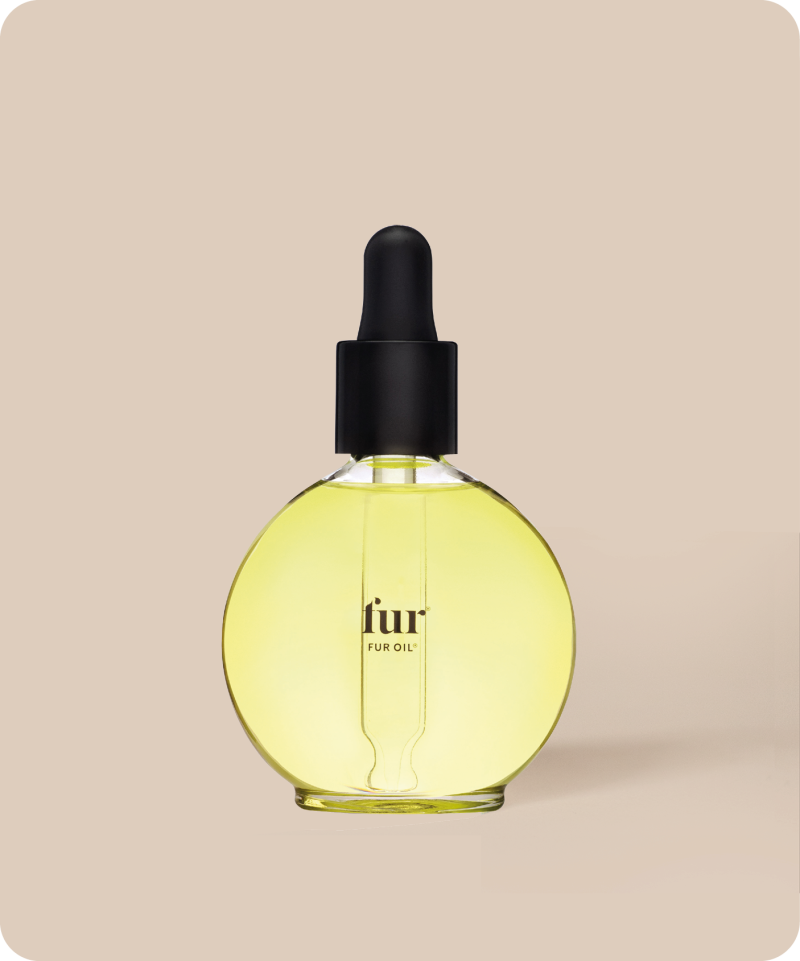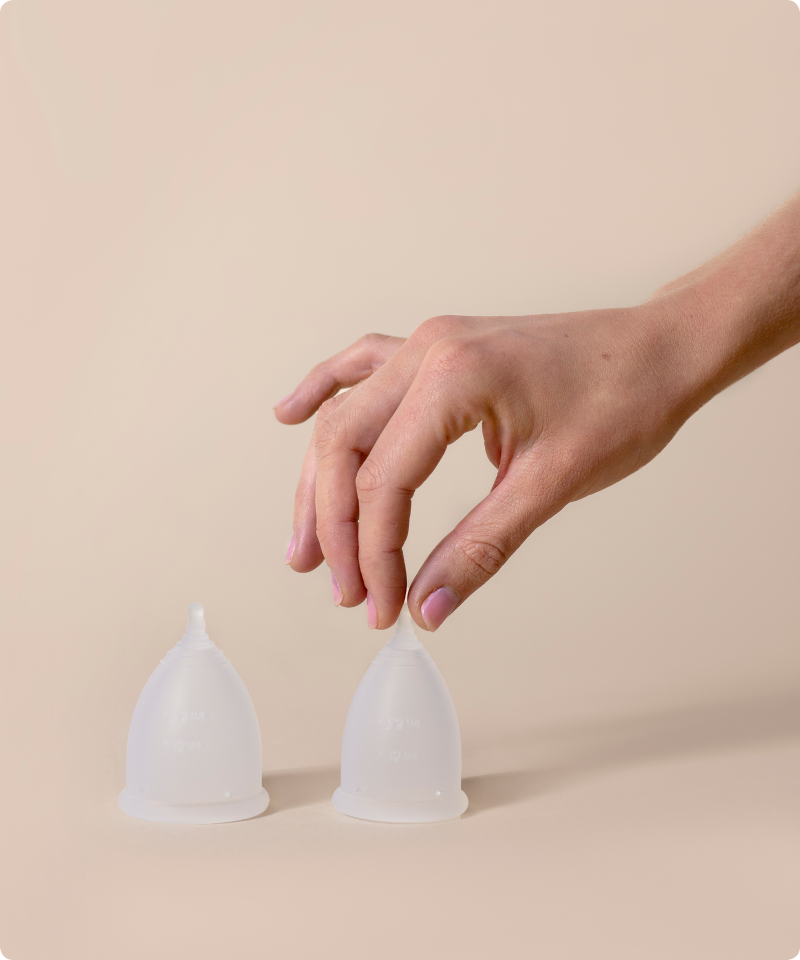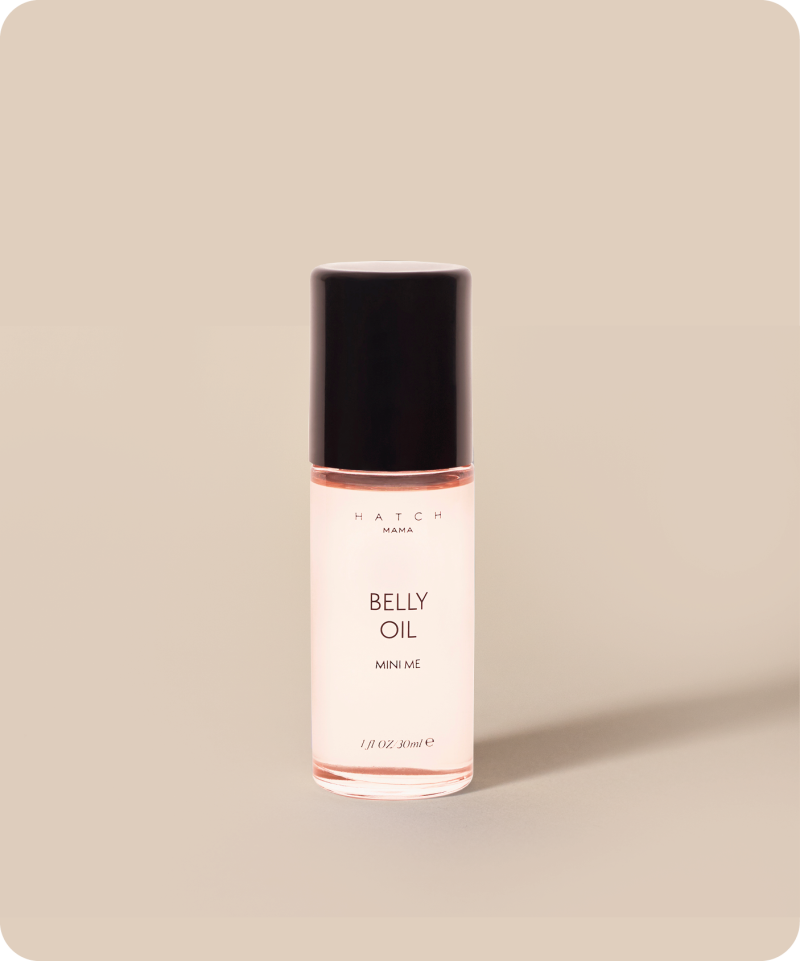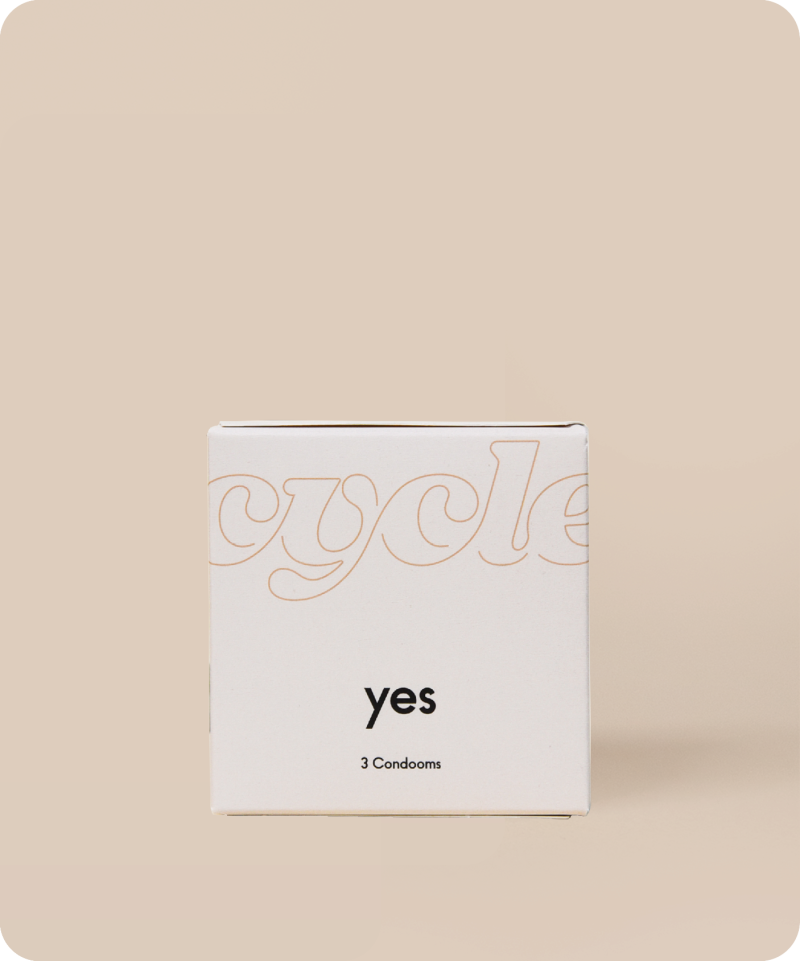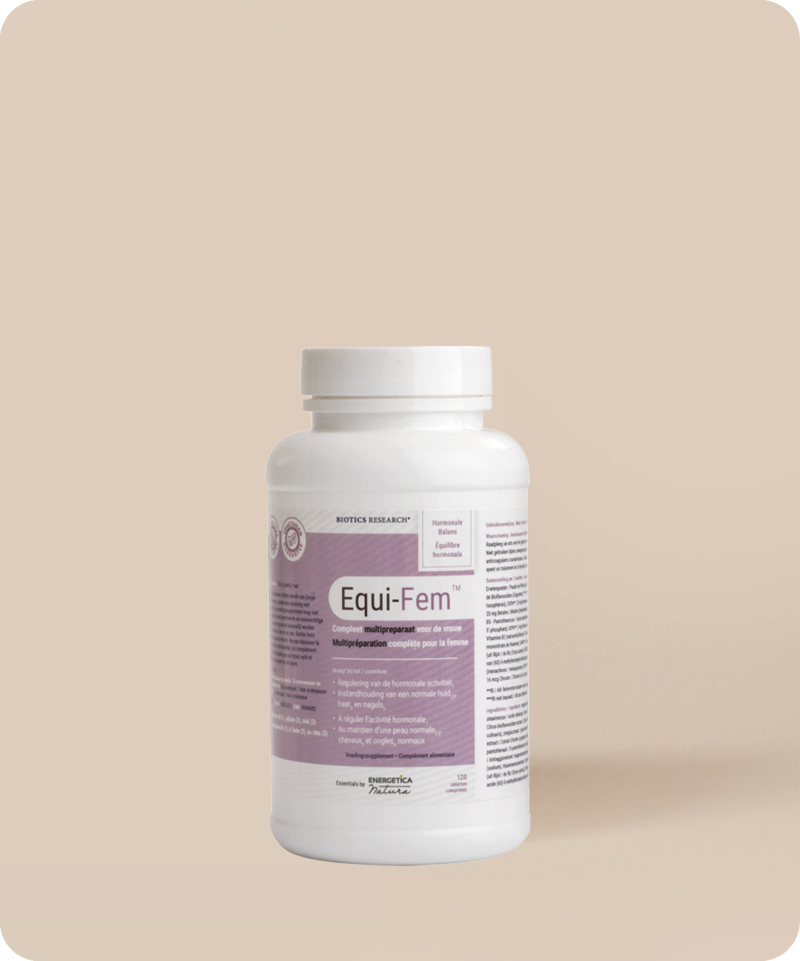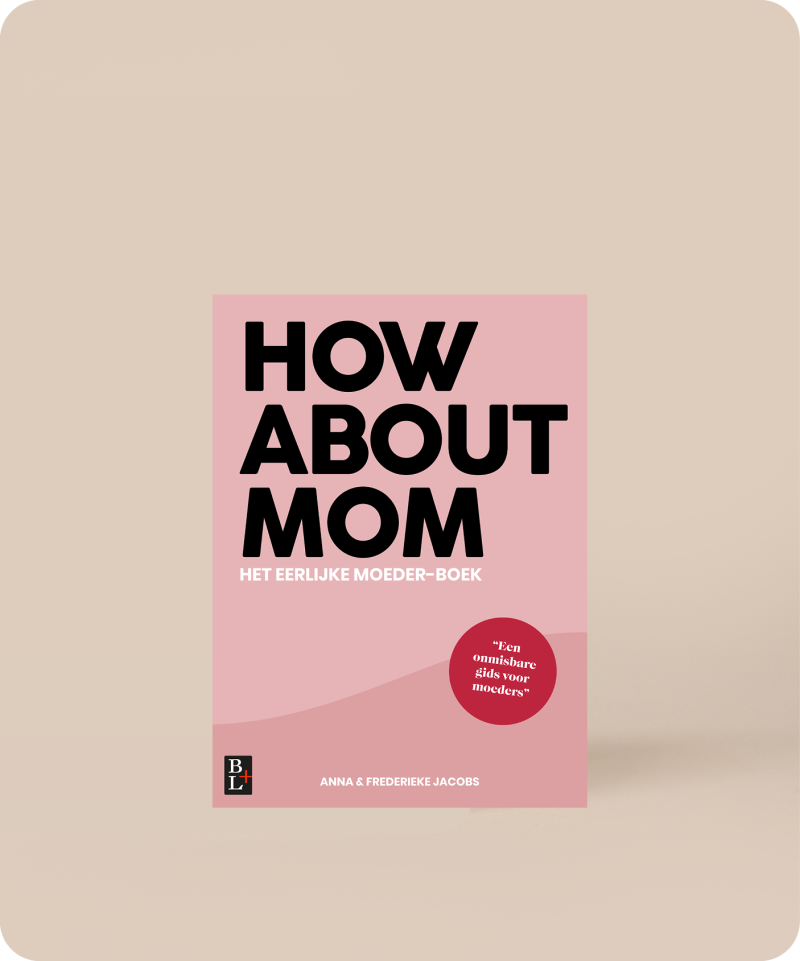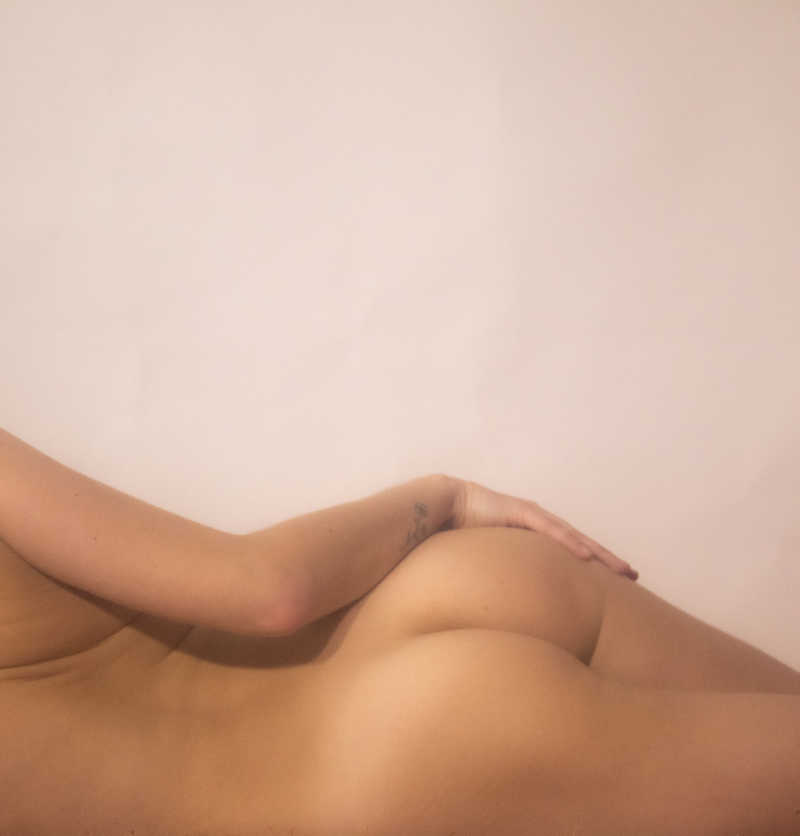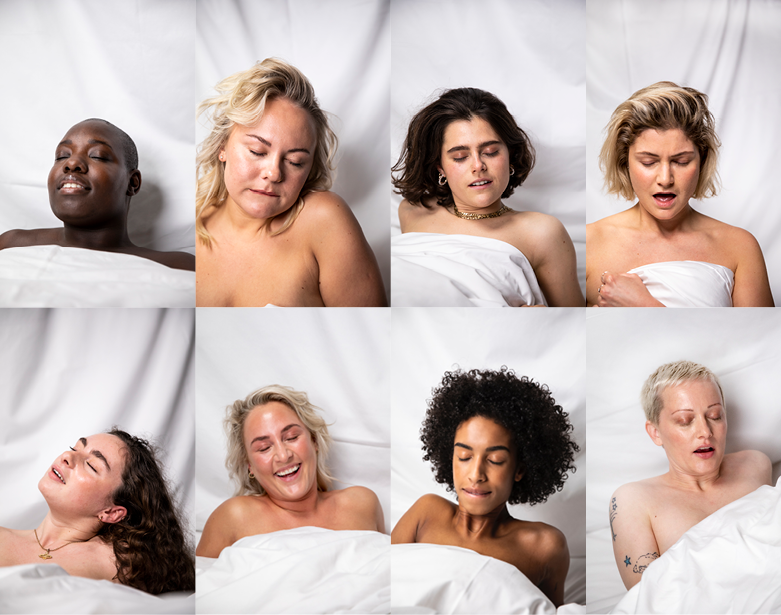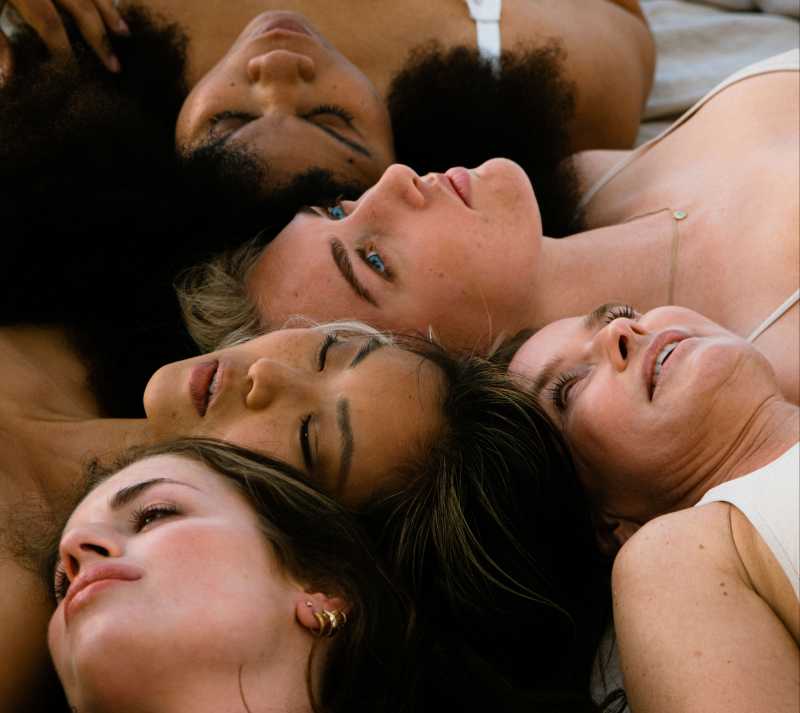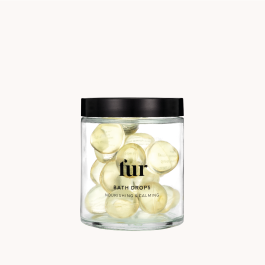Period acne: How it happens and how to get rid of it
Red spots, zits and other blemishes. It’s that time of the month and that means your hormonal balance is about to get a beating. About two weeks before your period, your hormones will start making a ruckus. Your body produces more progesterone and less estrogen - both in charge of your meanstrual cycle and pregnancy (if you were to get pregnant, of course). These hormones don’t just regulate your fertility, they’re also in charge of the production of sebum. Because these hormones get super active during your period, the chances of blemishes and acne will also get higher.
“40% of all adults deal with acne every so often”
Overproduction of sebum is one of the symptoms that tends to lead to acne. This overproduction usually happens during puberty, but about 40% of all adults (over 25 years old) deal with acne every so often. About 75% to 85% of these people are female. Women are especially sensitive to hormonal acne between the ages of 20 and 40 or in their perimenopause. Men tend to struggle less with acne as their hormones stabilize over the years, while for women they tend to keep fluctuating.
“Premenstrual acne acts up around the seventh or tenth day before your period”
But let’s go back to the menstrual cycle. Most cycles last about 28 days. It begins on the first day of menstruation, the winter, and ends one day before the next cycle starts. Premenstrual acne acts up around the seventh or tenth day before the period. In your cycle that would be between the 18th and 21st day. Of course these are all generalizations. It’s a little different for everyone.
Hormonally speaking, every day is different. But to avoid making it too convoluted and confusing, let’s divide it into four phases: winter, spring, summer and fall.
Winter
Day 1 to 7
The hypophysis, a gland at the base of the brain (in charge of hormone-producing glands and the ovaries), secretes two types of hormones: the Follicle Stimulating Hormone (FSH) - which stimulates growth and development of follicles in the ovaries and pushes the follicles to produce estrogen - and the Luteinizing Hormone (LH) - which stimulates ovulation. These two hormones are in charge of the ovaries and their hormone production. At this point the estrogen level (the hormone that’s responsible for the development of female secondary sexual characteristics) is dominant over progesterone (the hormone that helps the body prepare for fertilization and pregnancy).
Summer and fall
Day 14 to 28
Your progesterone level rises and becomes dominant. This stimulates the production of sebum, which affects your skin. On top of that, your estrogen level takes a nosedive and estrogen is in charge of keeping your skin looking healthy and free of blemishes.
Right before your red wedding, your estrogen and progesterone levels are at their lowest point. This means your testosterone level is inevitably higher than both estrogen and progesterone, which causes your body to produce even more sebum. Your skin usually clears during your period, but if this isn’t the case, we’ve got some tips to do some good old damage control:
The pill
The contraceptive pill makes sure that your body produces less progesterone and estrogen before you get your period. Your body will produce less sebum, making chances of acne slimmer. But remember, not one person is the same, including their skin. For some the pill might be just the thing, but for others it won’t work one bit.
Hands off!
The more you just let your acne be, the quicker it will disappear. Your hands serve as a breeding ground for germs, so keep them away from your face - to your best abilities - to prevent infections. Are you addicted to popping those pimples? Make sure to at least wash your hands, use a disinfected needle and two tissues to prevent infection.
Clean your phone screen
Just like money, ATM’s, door handles etc. your phone screen is like a germ magnet. Not unsurprising that your ‘phone cheek’ deals with one or two stray pimples way more often than the other cheek. Tip: Clean your phone at least once a day to prevent bacteria from partying on your screen.
Clean sheets
There’s not much better than sleeping on clean, crisp bedding. Besides, it’s good for your skin to change your pillowcase about every two days. While asleep people tend to lose lots of dead skin cells that end up getting stuck on your pillow and in turn clog your pores. Of course we understand you’re probably a little too busy living your best life to change your sheets every two days. Flip your pillow every so often, this way you won’t have to change your pillowcase, but you will have a nice clean pillow under your face.
Sweatin’
We all know exercise is good for the body, but did you know that sweat is also really good for your skin? When you sweat, your pores will be flushed out, which helps prevent pimples from forming. Not a sporty spice? But do you still want blemish-free skin? Treat your skin to some steam once in a while. Steam will help your pores open up, making it easier for sebum to find its way out, no Google Maps needed.
Talk to your GP
Do you think your skin may need a helping hand, preferably attached to a specialist? Contact your dermatologist or GP.
Curious what kind of skincare works best for hormonal acne? You can read all about it here.
